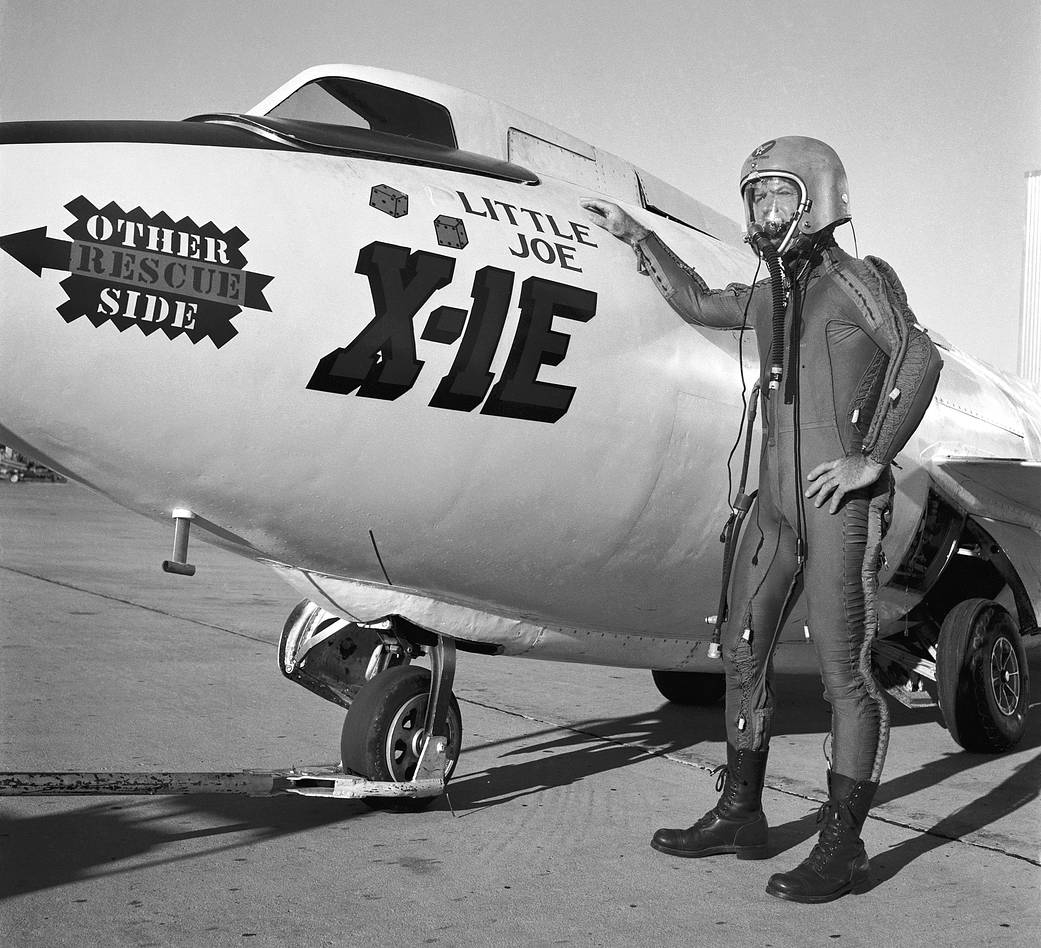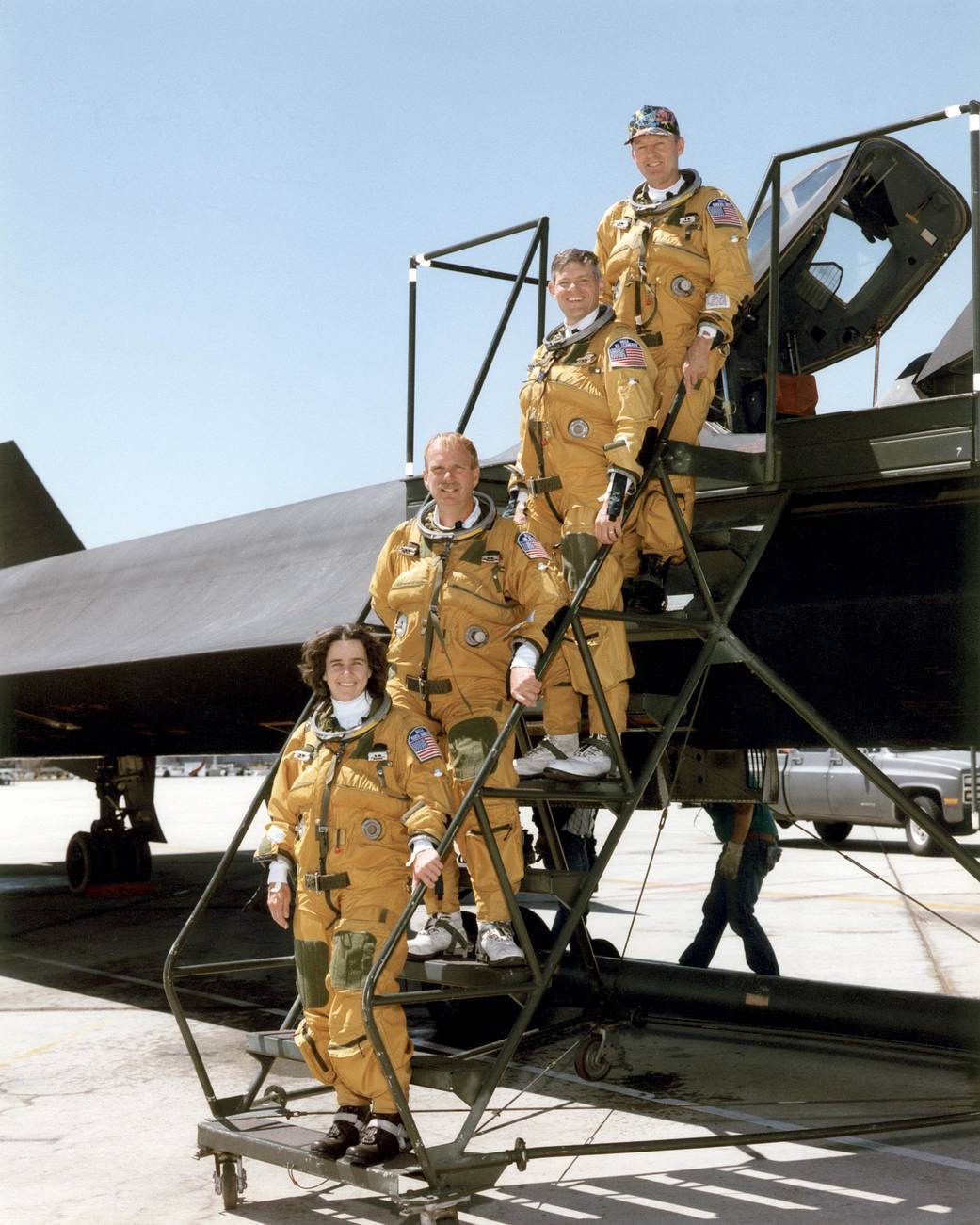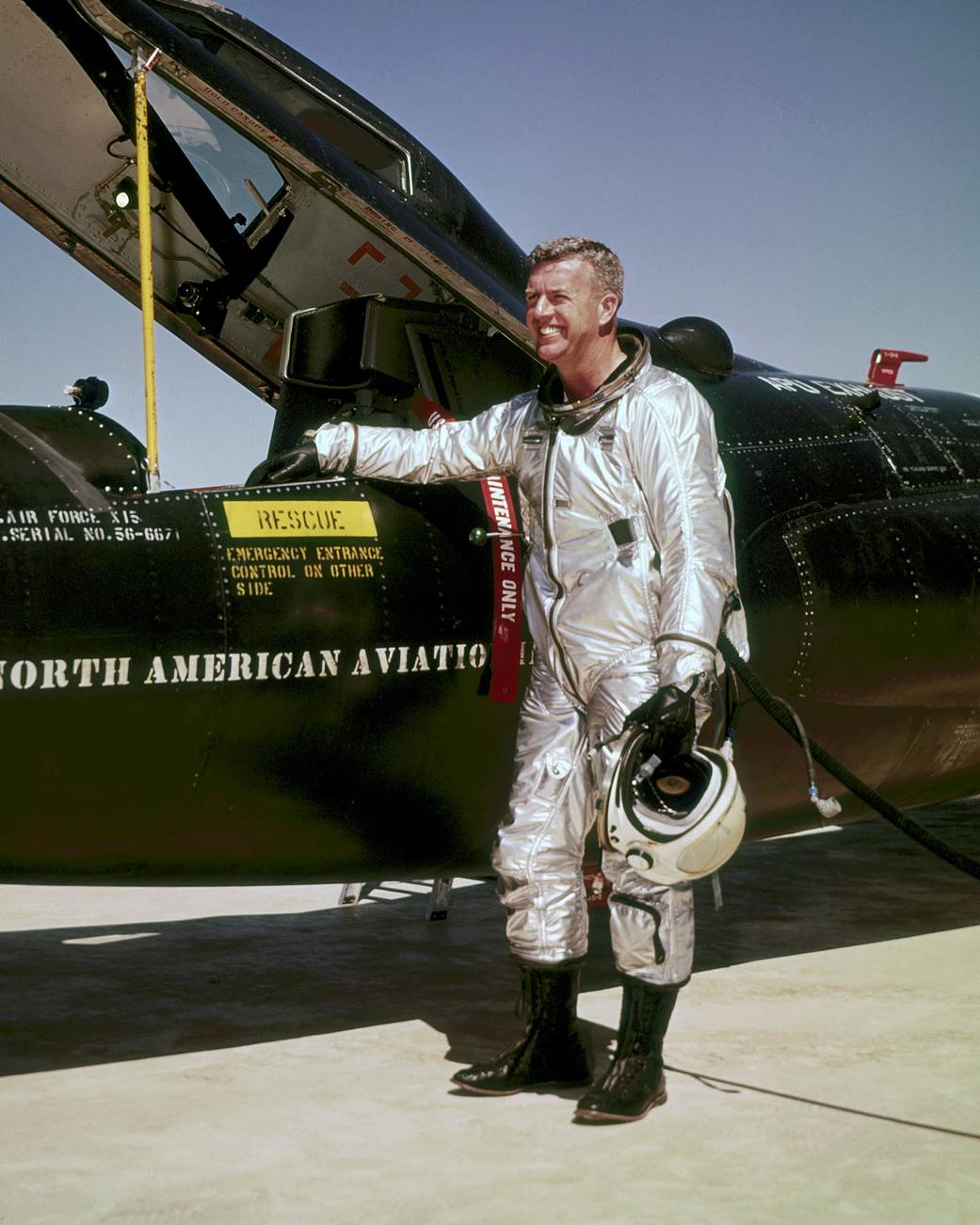
When astronauts began landing on the Moon in July 1969, they did so not only with state-of-the-art spacecraft systems, but also with special suits designed to insulate them from the harsh environment of space.
NASA is celebrating the 50th anniversary of the Apollo program. An important element of the successful missions was the evolution of the pressure suits needed for the dozen Americans to walk on the Moon safely and return them to Earth between July 1969 and December 1972.
Human physical limitations are a major concern when considering space travel, or high-altitude flight here on Earth. Many people are aware of the suits astronauts use for space walking, also known as Extra-Vehicular Activity (EVA). However, before those astronaut suits, the first pressure suit was designed for high-altitude flight for the military.

At 43,000 feet, pilots experience cold temperatures of about minus 66 degrees Fahrenheit. At 63,000 feet, the liquid in the pilot’s body, such as saliva, will boil away. In these conditions, lungs cannot absorb enough oxygen for the individual to remain conscious and required the invention of pressure suits to keep the pilots alive.
To meet those challenges, in 1946 the military produced the Henry Suit, the first working partial-pressure suit, named the S-1 by the Air Force. Over time, there have been two types of suits, partial pressure and full pressure. To learn more about the history of pressure suits, visit Celebrating 50 Years of Spacesuits, Featuring the Early Pressure Suits.
NASA’s use for pressure suits became critical when the National Advisory Committee for Aeronautics, NASA’s predecessor, began flying early experimental planes, or X-Planes, which flew at high altitudes.
In fact, it was through the X-15 rocket plane project that a key change needed for pressure suits was from the partial-pressure suit to full-pressure suit needed for flying at the edge of space.

The X-15 suit was known as the “silver suit.” Recently, the life support team at NASA Armstrong Flight Research Center in California came across three more historic X-15 pressure suits, including pilot Joe Walker’s suit. Neil Armstrong also wore the X-15 suit when he flew as a test pilot at Armstrong before becoming an astronaut.
The pressure suit used for the triple supersonic SR-71 that flew at Armstrong represented another evolution in flight suits and is very similar to today’s pressure suit for NASA’s high-altitude ER-2’s pilots.
One of the bigger changes to the suit was the addition of a golf-ball sized whiffle ball. Life support technicians noticed that when the suits inflated and the pilots wore bulky gloves, it became difficult, if not impossible, for the pilots to adjust their helmets.
The whiffle ball hangs from a string attached to the helmet making it easy to grab, even with the pressure suit gloves.
Armstrong’s Life Support branch is in charge of the pressure suits, life support systems flight equipment, ejection seats, aircraft oxygen systems, and provides training for aircrew and survival.
“Our Life Support branch is a crucial aspect of flight research,” said Phillip Wellner, life support engineer technician. “I really enjoy supporting different programs that are intriguing to me. I have been able to travel to places like Alaska, Japan and Spain supporting aircrews.”
The life support team also educates the public on why their job is so important. One of the best ways to do this is by bringing a real pressure suit to events around the country. The suit provides hands-on learning as to why pressure suits are so important for high-altitude pilots and astronauts.
Pressure suits have given humans a way to reach new heights since the first partial pressure suit in 1946. While marking the 50th anniversary of the Apollo missions, a big milestone that allowed Americans to walk on the Moon was the invention and innovation of the pressure suit. According to “Dressing for Altitude” author Dennis Jenkins, research is still underway to improve future suits and flight research overall.
The next generation of pressure suits will need a new design as NASA prepares to send the first woman and next man to the moon, through the Artemis program. These two astronauts will be wearing the newest addition to NASA’s space suit collection.
As NASA returns to the moon and on to Mars, the right suits will be needed to enable deep space exploration and keep astronauts safe for their missions.
For more information about NASA’s Moon to Mars exploration plans, visit: https://www.nasa.gov/specials/moon2mars/
Alyssa Lee
Public Affairs Pathways Intern
NASA Armstrong Flight Research Center





























